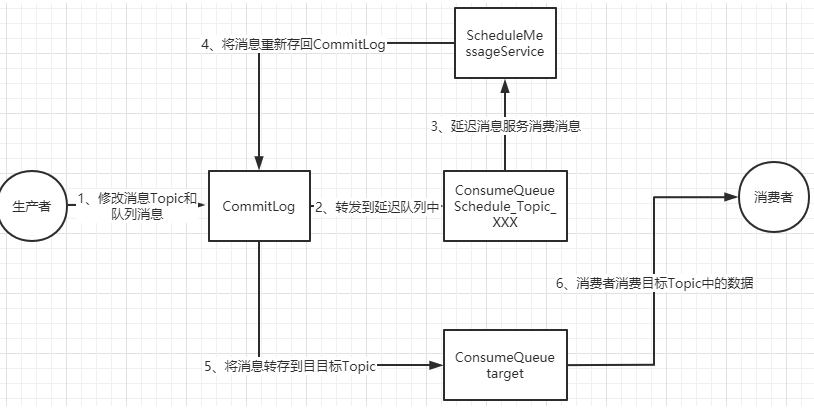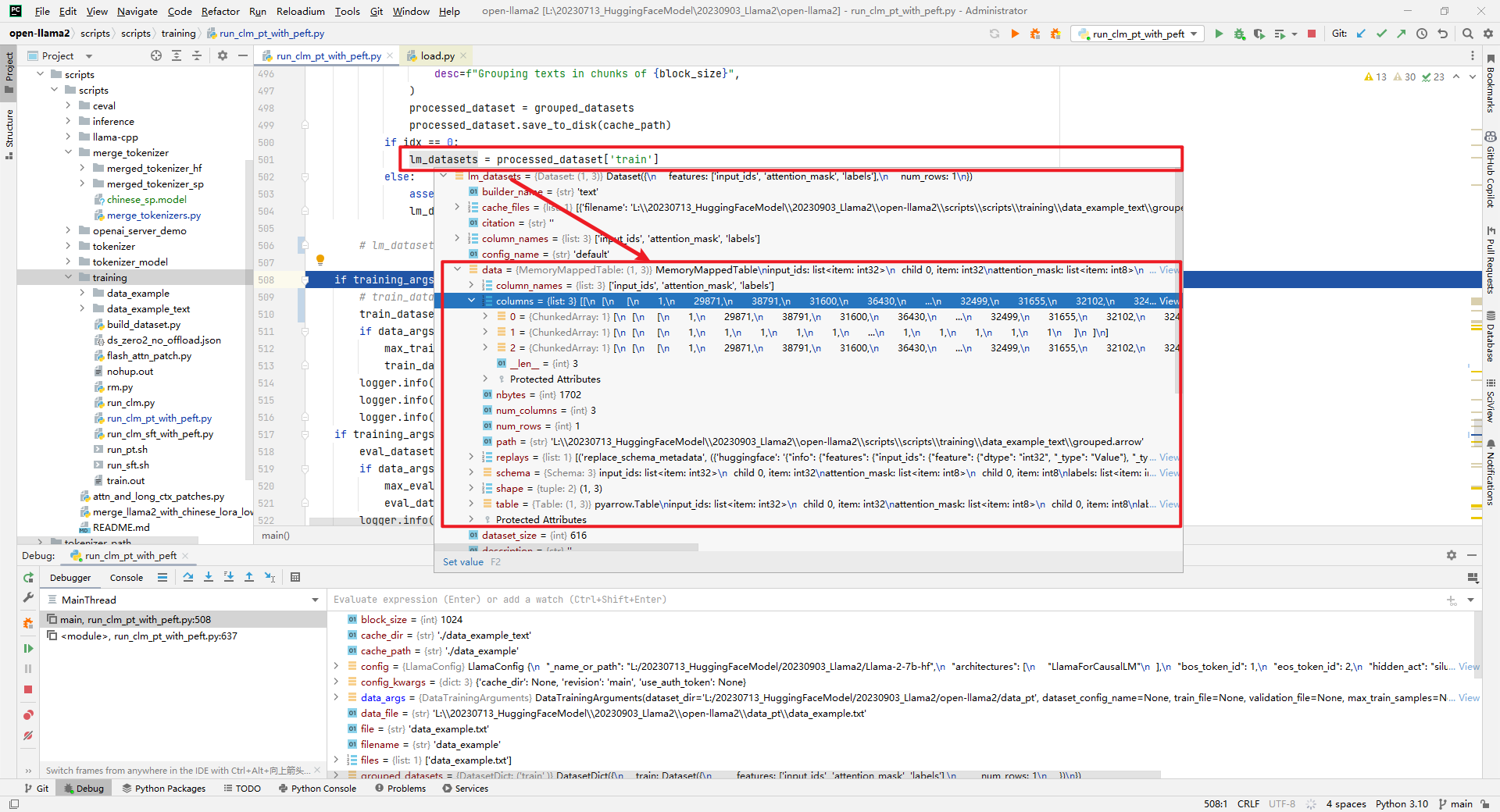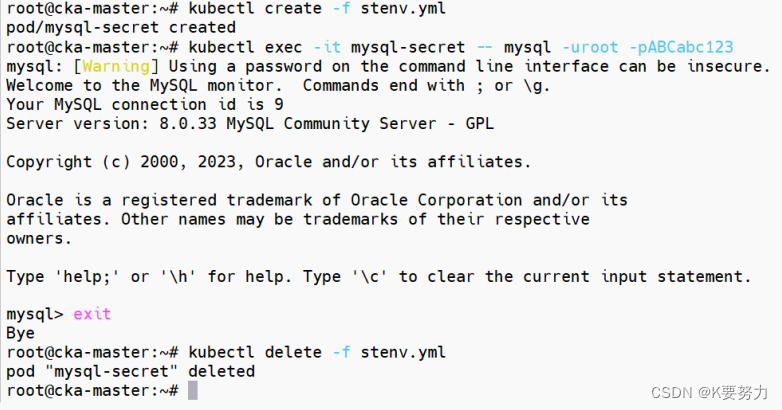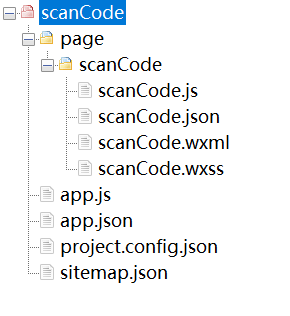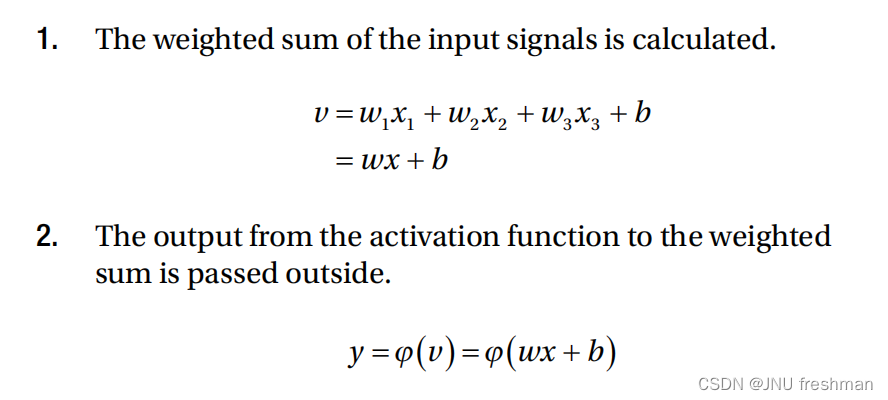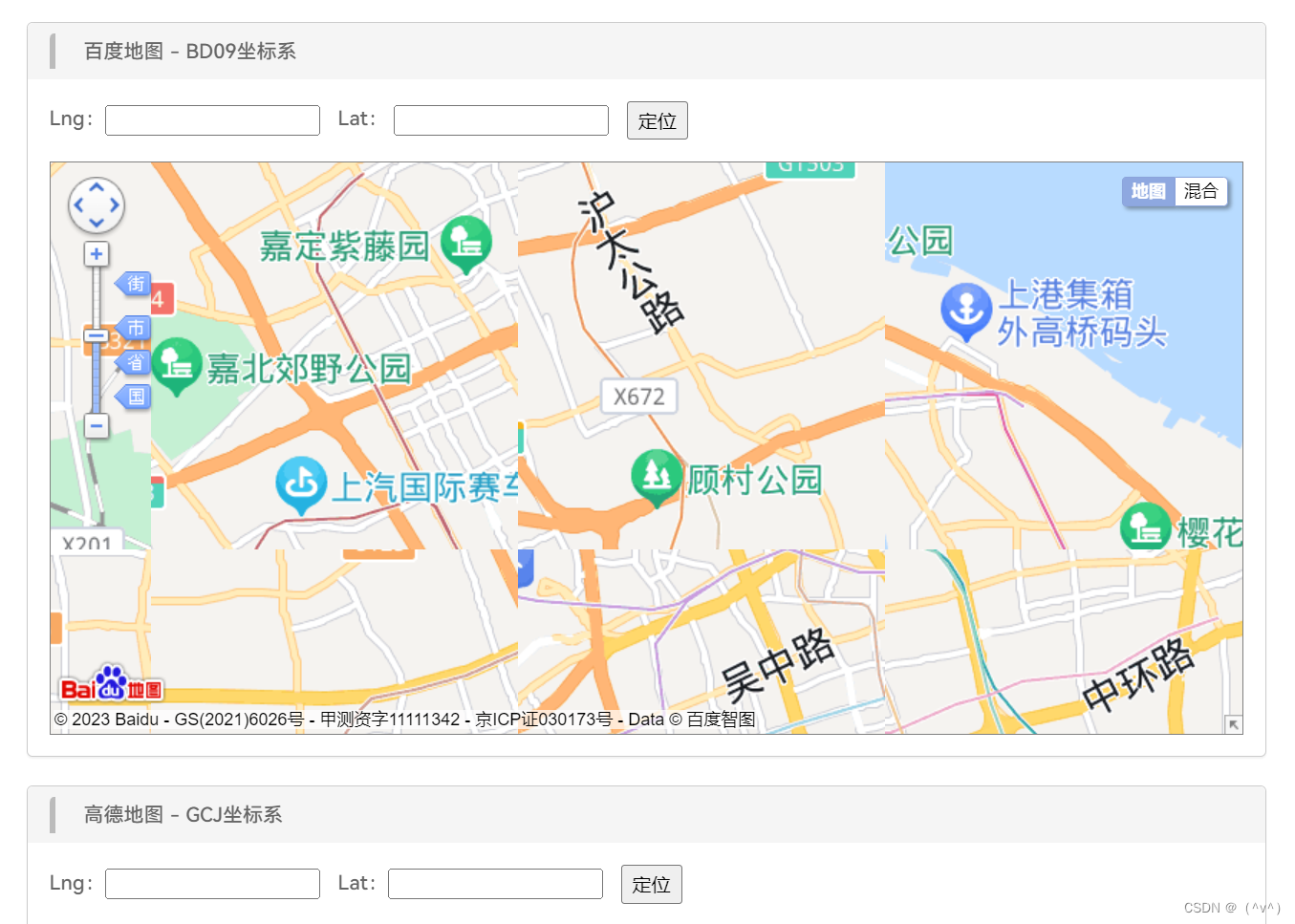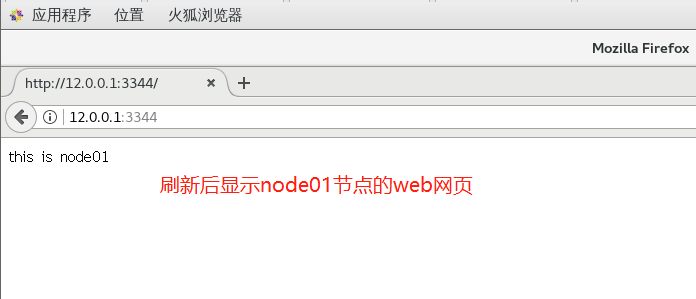文章目录
- 一、索引的创建
- 二、聚簇索引与非聚簇索引
- 三、B+ 树索引

一、索引的创建
创建索引的方式包括两种:
- 隐式创建:数据库一般会在创建
PRIMARY KEY和UNIQUE约束列时自动创建索引。 - 显示创建:使用
CREAT INDEX语句创建,建立之后由数据库负责使用和维护索引。
下面展示了 MySQL 中隐式创建的索引和显示创建的索引,不过需要注意的是索引查询时显示的索引类型为 BTREE,但实际上 MySQL 默认使用的是 B+ 树。
DROP TABLE IF EXISTS student;
CREATE TABLE student
(
student_id INT PRIMARY KEY,
student_name VARCHAR(50) UNIQUE,
gender ENUM ('Male', 'Female') DEFAULT 'Male',
major VARCHAR(50) NOT NULL,
birthdate DATE NOT NULL
);
INSERT INTO student (student_id, student_name, gender, major, birthdate)
VALUES (1, 'Alice', 'Female', 'Computer Science', '2000-05-15'),
(2, 'Andrew', 'Male', 'Engineering', '1999-09-20'),
(3, 'Maria', 'Female', 'Mathematics', '2001-03-10'),
(4, 'Samantha', 'Female', 'Physics', '2002-01-25'),
(5, 'Michael', 'Male', 'Biology', '1998-11-05'),
(6, 'Jessica', 'Female', 'History', '1997-06-30'),
(7, 'William', 'Male', 'Geology', '1996-04-15'),
(8, 'John', 'Male', 'Computer Science', '1995-08-08');
SHOW INDEXES FROM student;
# +-------+----------+------------+------------+------------+---------+-----------+--------+------+----+----------+-------+-------------+-------+----------+
# |Table |Non_unique|Key_name |Seq_in_index|Column_name |Collation|Cardinality|Sub_part|Packed|Null|Index_type|Comment|Index_comment|Visible|Expression|
# +-------+----------+------------+------------+------------+---------+-----------+--------+------+----+----------+-------+-------------+-------+----------+
# |student|0 |PRIMARY |1 |student_id |A |4 |null |null | |BTREE | | |YES |null |
# |student|0 |student_name|1 |student_name|A |4 |null |null |YES |BTREE | | |YES |null |
# +-------+----------+------------+------------+------------+---------+-----------+--------+------+----+----------+-------+-------------+-------+----------+
# 在 birthdate 字段上创建唯一索引
CREATE UNIQUE INDEX idx_major ON student (birthdate);
# 在 birthdate 字段上创建普通索引
CREATE INDEX idx_birthdate ON student (birthdate);
# +-------+----------+-------------+------------+------------+---------+-----------+--------+------+----+----------+-------+-------------+-------+----------+
# |Table |Non_unique|Key_name |Seq_in_index|Column_name |Collation|Cardinality|Sub_part|Packed|Null|Index_type|Comment|Index_comment|Visible|Expression|
# +-------+----------+-------------+------------+------------+---------+-----------+--------+------+----+----------+-------+-------------+-------+----------+
# |student|0 |PRIMARY |1 |student_id |A |4 |null |null | |BTREE | | |YES |null |
# |student|0 |idx_major |1 |birthdate |A |8 |null |null | |BTREE | | |YES |null |
# |student|0 |student_name |1 |student_name|A |4 |null |null |YES |BTREE | | |YES |null |
# |student|1 |idx_birthdate|1 |birthdate |A |8 |null |null | |BTREE | | |YES |null |
# +-------+----------+-------------+------------+------------+---------+-----------+--------+------+----+----------+-------+-------------+-------+----------+
SHOW TABLE STATUS LIKE 'student';
# +-------+------+-------+----------+----+--------------+-----------+---------------+------------+---------+--------------+-------------------+-------------------+----------+------------------+--------+--------------+-------+
# |Name |Engine|Version|Row_format|Rows|Avg_row_length|Data_length|Max_data_length|Index_length|Data_free|Auto_increment|Create_time |Update_time |Check_time|Collation |Checksum|Create_options|Comment|
# +-------+------+-------+----------+----+--------------+-----------+---------------+------------+---------+--------------+-------------------+-------------------+----------+------------------+--------+--------------+-------+
# |student|InnoDB|10 |Dynamic |8 |2048 |16384 |0 |16384 |0 |null |2023-09-24 21:09:40|2023-09-24 21:09:04|null |utf8mb4_0900_ai_ci|null | | |
# +-------+------+-------+----------+----+--------------+-----------+---------------+------------+---------+--------------+-------------------+-------------------+----------+------------------+--------+--------------+-------+
二、聚簇索引与非聚簇索引
聚簇索引:聚簇索引(clustered index)也叫聚集索引、聚类索引,一张表有且仅有一个聚簇索引。
默认情况下,MySQL 在建表时会根据不同的场景选择不同的列建立聚簇索引:
- 聚簇索引默认是主键索引,会在定义主键时自动创建聚簇索引。
- 如果表中没定义主键,那么就选取首个非空且唯一的索引列来建立聚簇索引。
- 如果前两条都不满足,那么数据库就创建一个隐藏的 row-id 作为聚簇索引。
对于一个主键聚簇索引来说,叶子结点中按照主键顺序依次存放着整张表的全部记录。这个特性决定了索引组织表中的数据本身就是索引的一部分,每张表也只能拥有一个聚簇索引。
非聚簇索引:非聚簇索引(secondary index)也叫辅助索引、二级索引,一张表可以有多个非聚簇索引。
辅助索引不是建立在记录上的,而是建立在上述的聚簇索引上的。对于一个非聚簇索引,叶子结点中只存放当前关键字以及对应的聚簇索引关键字(见下例),当我们要查找整条记录时,需要在访问非聚簇索引的叶结点后继续访问聚簇索引查找完整信息,这个过程也叫做回表,总计需要查找两次索引。
基于上面示例中的 student 表,如果 student_id 聚簇索引采用 B+ 树来实现,那么这个聚簇索引的四个叶子结点中会按 student_id 递增依次存放对应记录。当我们通过 student_id 聚簇索引查询住址时,会直接在叶子结点中查找成功。如果我们再在 studnet_name 字段上建立一个非聚簇索引,叶子结点只会存放 studnet_name 与 student_id ,不会存储完整记录。当我们通过 studnet_name 非聚簇索引查询住址时,在非聚簇索引中根据 studnet_name 查找到 student_id 后,要继续根据 student_id 回表查找地址。
s t u d e n t _ i d (主键聚簇索引): 8 { 8 { [ ( 7 , W i l l i a m , M a l e , . . . ) , ( 8 , J o h n , M a l e , . . . ) ] [ ( 5 , M i c h a e l , M a l e , . . . ) , ( 6 , J e s s i c a , F e m a l e , . . . ) ] 4 { [ ( 3 , M a r i a , F e m a l e , . . . ) , ( 4 , S a m a n t h a , F e m a l e , . . . ) ] [ ( 1 , A l i c e , F e m a l e , . . . ) , ( 2 , A n d r e w , M a l e , . . . ) ] s t u d e n t _ n a m e (非聚簇索引): W i l l i a m { W i l l i a m { [ ( S a m a n t h a , 4 ) , ( W i l l i a m , 7 ) ] [ ( M a r i a , 3 ) , ( M i c h a e l , 5 ) ] , J o h n { [ ( J e s s i c a , 6 ) , ( J o h n , 8 ) ] [ ( A l i c e , 1 ) , ( A n d r e w , 2 ) ] \begin{aligned} student\_id(主键聚簇索引):8\begin{cases} 8\begin{cases} [(7, William, Male, ...), (8, John, Male, ...)]\\\\ [(5, Michael, Male, ...), (6, Jessica, Female, ...)] \end{cases}\\\\ 4\begin{cases} [(3, Maria, Female, ...), (4, Samantha, Female, ...)]\\\\ [(1, Alice, Female, ...), (2, Andrew, Male, ...)] \end{cases}\\ \end{cases} \end{aligned}\\\\ \begin{aligned} student\_name(非聚簇索引):William\begin{cases} William\begin{cases} [(Samantha, 4), (William, 7)]\\\\ [(Maria, 3), (Michael, 5)], \end{cases}\\\\ John\begin{cases} [(Jessica, 6), (John, 8)]\\\\ [(Alice, 1), ( Andrew, 2)] \end{cases} \end{cases} \end{aligned} student_id(主键聚簇索引):8⎩ ⎨ ⎧8⎩ ⎨ ⎧[(7,William,Male,...),(8,John,Male,...)][(5,Michael,Male,...),(6,Jessica,Female,...)]4⎩ ⎨ ⎧[(3,Maria,Female,...),(4,Samantha,Female,...)][(1,Alice,Female,...),(2,Andrew,Male,...)]student_name(非聚簇索引):William⎩ ⎨ ⎧William⎩ ⎨ ⎧[(Samantha,4),(William,7)][(Maria,3),(Michael,5)],John⎩ ⎨ ⎧[(Jessica,6),(John,8)][(Alice,1),(Andrew,2)]
三、B+ 树索引
下面是对 m m m 阶 B+ 树的一些说明,不同资料上的定义不尽相同,这里参照维基百科对于 B+ 树的定义:
- 每个结点至多有 m m m 棵子树, m − 1 m - 1 m−1 个关键字。
- 除根结点外所有内部结点(非叶节点)至少有 ⌊ m / 2 ⌋ \lfloor m/2 \rfloor ⌊m/2⌋ 棵子树, ⌊ m / 2 ⌋ − 1 \lfloor m/2 \rfloor - 1 ⌊m/2⌋−1个关键字。
- 所有叶节点都在相同的高度上(绝对平衡),且结构为 [ P 0 k 0 P 1 k 1 … P n − 1 K n − 1 P n ] [P_0 k_0 P_1 k_1 \dots P_{n-1} K_{n-1} P_n] [P0k0P1k1…Pn−1Kn−1Pn](键值交错)。
- 叶结点本身按关键字大小从小到大链接。
B+ 树相比于 B 树的优势:
- B+ 树只有叶子节点同时存放键和数据,内部节点只存放键,所以同样大小的磁盘页上可以容纳更多键值对。在相同的数据量下,B+ 树通常具有更扁平的树结构,这意味着在查找操作中需要更少的磁盘 I/O 操作,因此查找效率更高。
- B+ 树的叶子节点之间以双向链表的形式顺序连接,便于范围查找和遍历。





